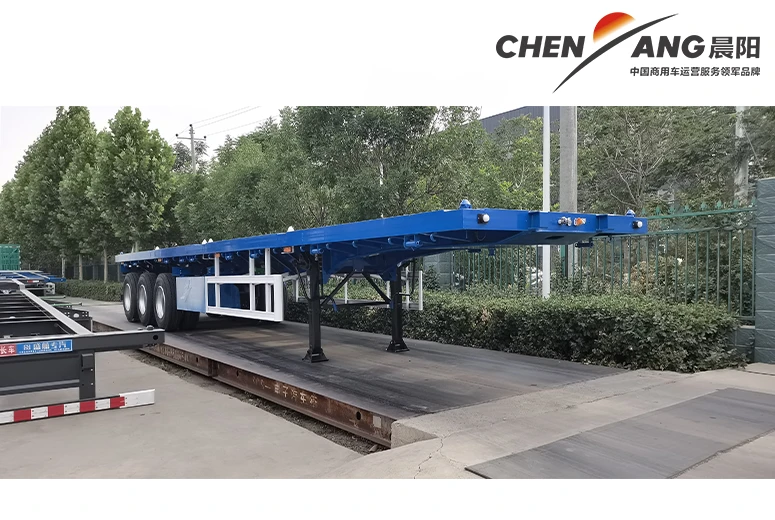Understanding the Basics and Benefits of SOHC Engine Technology
The SOHC Engine An Overview
The Single Overhead Camshaft (SOHC) engine is a widely recognized configuration in the automotive world, known for its simplicity, reliability, and efficiency. With advancements in automotive technology, SOHC engines continue to hold significance in numerous applications, particularly in budget-friendly and smaller vehicles. This article explores the fundamental aspects of SOHC engines, their advantages, and their role in modern automobiles.
What is a SOHC Engine?
A single overhead camshaft engine features one camshaft located in the cylinder head, as opposed to the double overhead camshaft (DOHC) layout, which has one camshaft for intake valves and another for exhaust valves. In SOHC designs, the single camshaft operates both sets of valves, which simplifies the engine design and assembly. Typically, a SOHC engine can be found in inline configurations, although V-shaped arrangements are also possible.
Key Advantages of SOHC Engines
1. Simplicity and Cost-Effectiveness One of the most significant advantages of SOHC engines is their simpler design. Fewer parts typically mean lower manufacturing costs, translating into reduced prices for consumers. This simplicity also often results in easier maintenance since there are fewer components that can fail.
2. Weight Savings Because SOHC engines have fewer parts, they tend to be lighter than their DOHC counterparts. This weight reduction can lower the overall weight of the vehicle, improving fuel efficiency and performance without compromising stability.
3. Adequate Power for Smaller Vehicles While NOT as powerful as DOHC engines, SOHC engines deliver adequate power for compact cars, motorcycles, and light-duty trucks. They are particularly suited for urban environments where efficiency and drivability take precedence over sheer power.
sohc engine

4. Improved Engine Durability With fewer moving parts and a simpler operation, SOHC engines can often lead to enhanced durability and longevity. This aspect is particularly appealing to manufacturers and consumers alike, as it can reduce the total cost of ownership over time.
Performance Characteristics
It's important to note that while SOHC engines excel in efficiency, their performance often lags behind that of DOHC engines, especially in high-revving applications. The design of SOHC engines limits the RPM range because the single camshaft must manage both the intake and exhaust valves. This limitation can restrict the engine's ability to breathe efficiently at higher speeds, often resulting in reduced performance for sportier or performance-oriented vehicles.
Applications and Future Relevance
Despite the increasing popularity of turbocharged engines and DOHC configurations in modern performance vehicles, SOHC engines still find relevance in various markets. They are predominantly used in entry-level cars, motorcycles, and small trucks, where cost, ease of repair, and fuel efficiency outweigh the need for maximum power. Furthermore, with the rise of eco-friendly practices and increased focus on fuel economy, SOHC engines are well-positioned to remain integral in the development of economical vehicles.
As manufacturers continue to innovate and adapt to consumer needs, hybrid and electric vehicle technologies may impact the future trends of SOHC engine usage. While these advanced powertrains may eclipse traditional engine configurations in the long run, the legacy of SOHC engines will likely endure, symbolizing a practical and efficient approach to automotive engineering.
Conclusion
In summary, the Single Overhead Camshaft engine offers a blend of simplicity, reliability, and efficiency. Despite being overshadowed by more complex engine designs, it continues to be a viable option for many vehicles, especially in segments that prioritize affordability and fuel efficiency. As the automotive industry evolves, the adaptability of SOHC engines will be essential in accommodating changes while still serving the fundamental needs of everyday drivers.
-
SINOTRUK HOWO 84 Electric Dump Truck for Eco-Friendly Heavy HaulingNewsJul.26,2025
-
The Fast 16-Gear Manual Transmission Assembly for Heavy TrucksNewsJul.25,2025
-
Mercedes Benz Actros 1848 42 Tractor Truck for Sale - Reliable PerformanceNewsJul.24,2025
-
High-Quality Water Pump Assembly for Sinotruk Trucks – Durable & ReliableNewsJul.23,2025
-
Premium Truck Engine Antifreeze Coolant Fluid for Heavy Duty VehiclesNewsJul.22,2025
-
FOTON View G7 Mini Bus: Affordable & Spacious TransportNewsJul.22,2025
Popular products

























